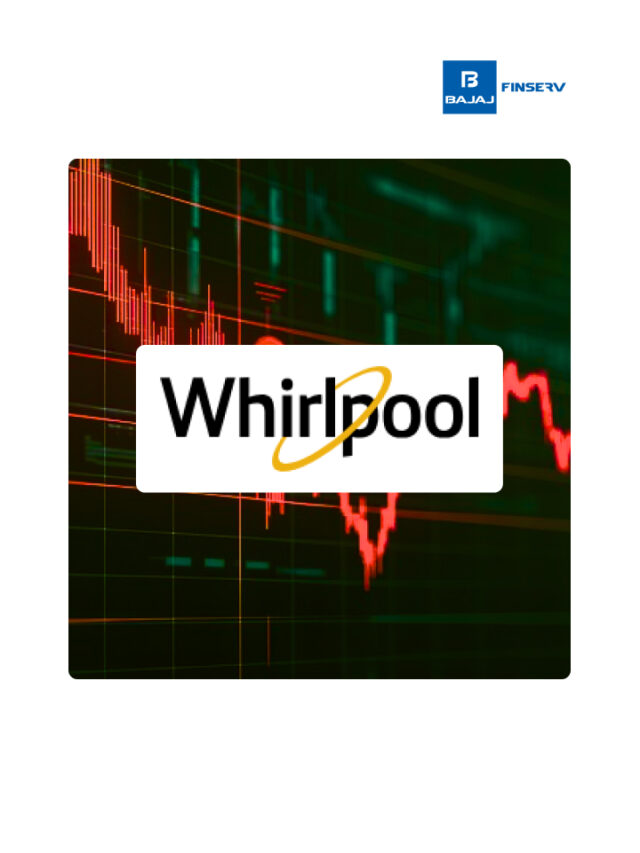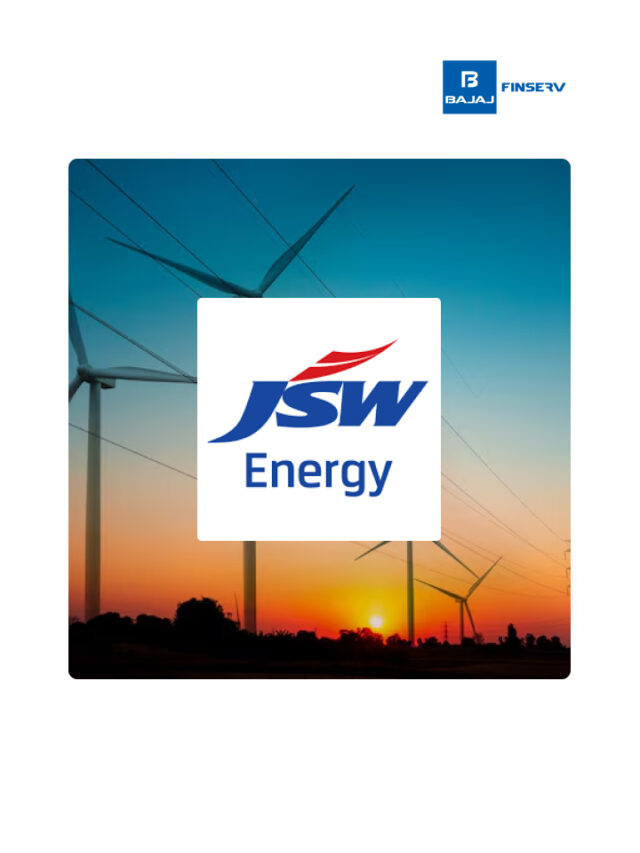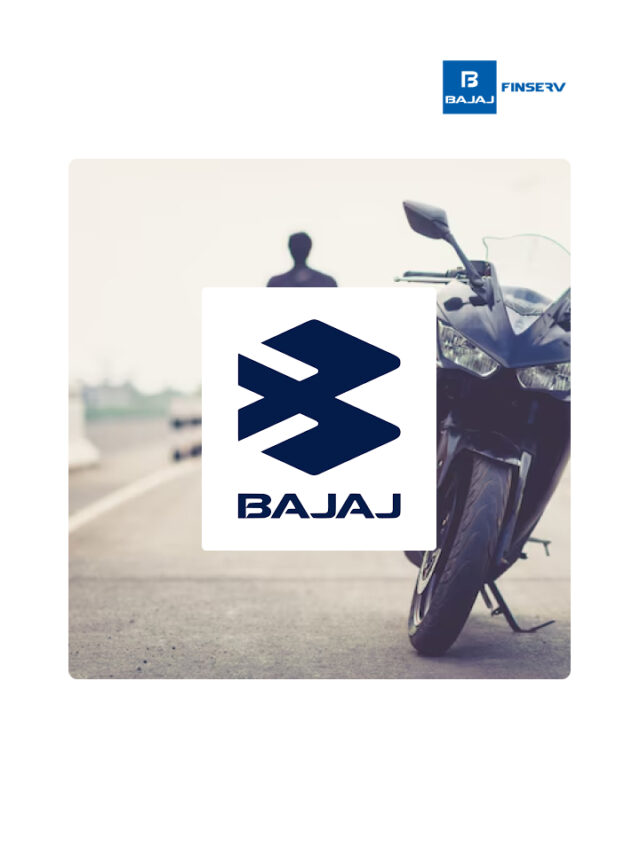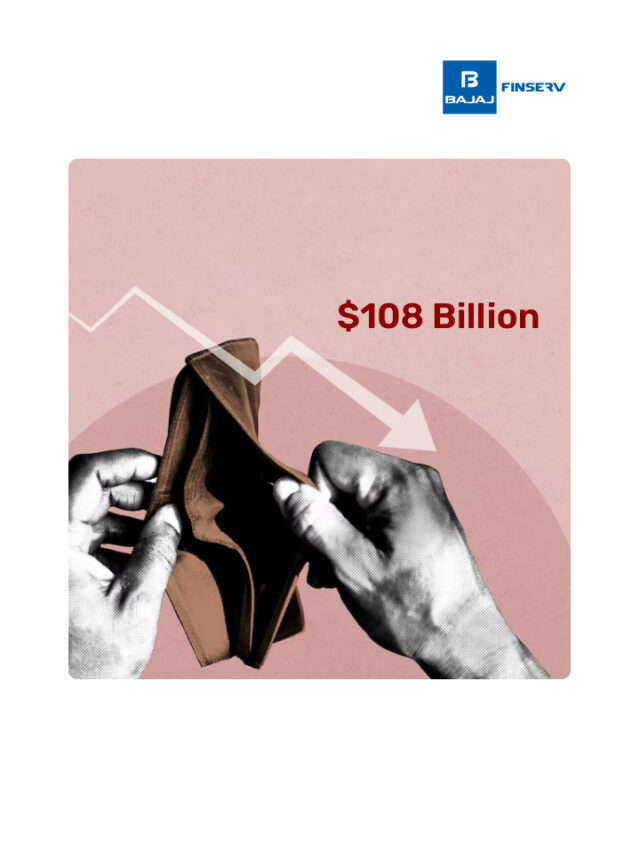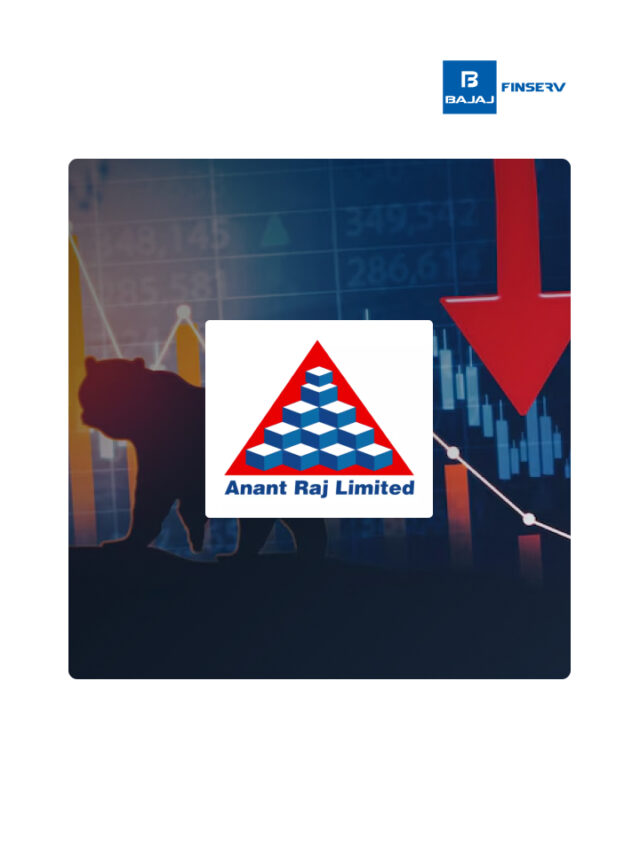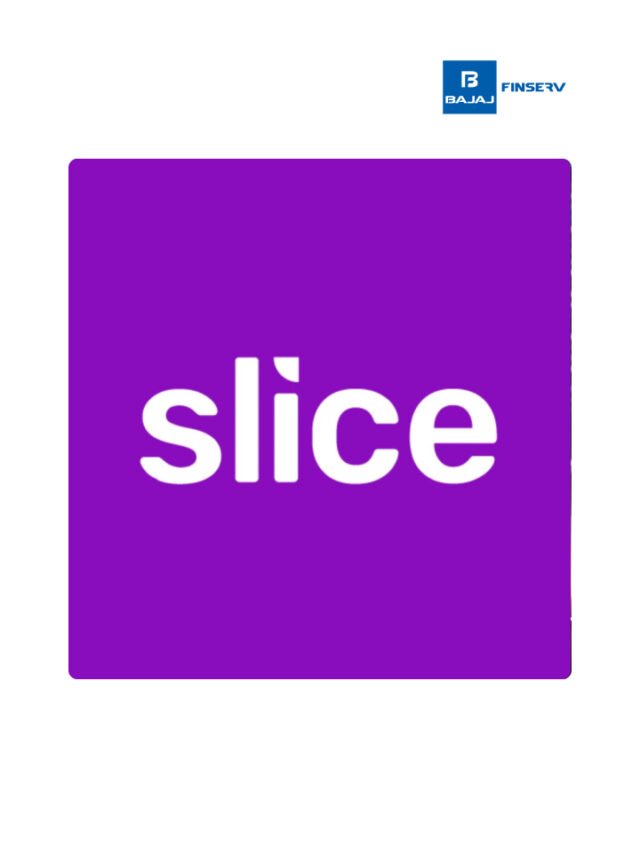What Is the IPO Cycle?
Last Updated on December 4, 2023 by BFSLTeam BFSLTeam

To raise funds, a company can choose any of the two paths. It can either opt for a loan or choose to go public with Initial Public Offering. Today, IPO investments are highly popular among investors to grow their capital over time. Indian stock exchanges hold a third rank globally in the number of IPOs listed in 2022. This reflects the rising popularity of IPOs in India. If you are a new investor and are not familiar with the term IPO, this blog is definitely for you. Keep reading for an elaborate understanding of IPO and IPO cycle.
Additional Read: Upcoming IPO in December 2023
Table of Content [hide]
What Is an IPO Cycle?
To explain the IPO cycle, you must first know what an IPO is. Initial Public Offering (IPO) is the process through which a company goes public for the first time. By launching an IPO, a company allows retail investors to invest in certain portions of its shares and earn capital.
A company can choose to launch its IPO to fulfil various financial or business needs. Furthermore, to launch an IPO the company needs to create a Draft Red Herring Prospectus with the assistance of underwriters or investment banks.
The entire process of launching an IPO and making the shares available for trading involves various steps. Companies complete these steps keeping in mind the guidelines stated by SEBI. These steps begin with hiring underwriters to design a DRHP and culminate with the listing of shares on stock exchanges.
Let’s understand this with an example of the IPO cycle. For this, let us assume that Company X is planning to launch an IPO to raise funds to expand its business. To go ahead, the company will need to follow certain steps.
First, it will need to hire a team of investment bankers as its underwriters. This team will assist the company’s authorities in engineering the Draft Red Herring Prospectus or DRHP. The DRHP carries every information about the company, including its history, finances, strategies, strengths and risks.
After preparing the DRHP, it will be filed with SEBI, India’s capital market regulator for its approval. When SEBI approves the document, this document will be published again with updated details for retail investors to study as Red Herring Prospectus or RHP. This is how the IPO cycle begins.
Now that you have an idea of the IPO cycle, scroll down to learn its different stages.
What Are the Different Stages of the IPO Cycle?
The points below will take you through the different stages of an IPO cycle.
- Hiring Investment Bankers
As mentioned above, the IPO cycle begins when an IPO-issuing company hires a team of investment bankers as its underwriters. This team conducts a thorough market analysis and research to study the company’s functioning. It also looks into financial metrics like total income, assets and liabilities. These parameters help underwriters judge the market sentiment for an upcoming IPO.
The company and its underwriters will sign an underwriter’s agreement which carries all terms and conditions of their deal. The underwriters can intervene whenever the prices of IPO shares show signs of falling. According to a typical underwriter’s agreement, an essential role of underwriters is to maintain stability in share prices after an IPO.
- Preparing a Draft Red Herring Prospectus
After a thorough research about the company, underwriters work with it to design its draft prospectus. This document carries all important information related to their research about the company. It includes details like the company’s proposition to launch an IPO, details of its offer and objectives for utilising the net proceeds.
Furthermore, this preliminary document carries comprehensive information about this company. Such as its history, strengths, strategies, risks, finances, legal bindings and promoter information. These details will further help investors decide whether to invest in this company’s IPO or not.
- Submission of DRHP to SEBI
After compiling the entire DRHP, the IPO issuing company submits it to SEBI for approval. SEBI scrutinises this document thoroughly and verifies the given information and if the company qualifies for listing.
If required, SEBI can resend the DRHP back to the company and suggest certain amendments. It must get done with these changes and resubmit its DRHP to SEBI for approval.
After SEBI provides its approval through an observation letter, the company can move on to the next step to plan its IPO launch.
- Advertisement
Once the company makes the final decision to launch its IPO, the next step in the IPO cycle is creating buzz among retail investors. To achieve this goal, a company can choose to host roadshows to notify interested investors about its upcoming public issue.
Companies also publish news about their IPO plans in several English and regional language newspapers and visit commercial hubs. Such marketing tools help companies attract the interest of investors and create awareness of their upcoming IPOs.
- Setting a Price Band
As a company moves ahead with launching its IPO, it will set a tentative price band in its Red Herring Prospectus. This price band is set by underwriters depending on the face value of shares and the company’s valuation. It is also important to note that the company will set its final price band after receiving necessary approvals from SEBI.
Afterwards, the company will decide upon the issue price and other important details like minimum lot size. A company can also choose to declare its issue price after the subscription of shares. In a book-building issue, a company decides its issue price after the IPO window closes.
- IPO Launch
Once a company sets its IPO price range and lot size, it announces the date for IPO launch. You will find this information in the Red Herring Prospectus which companies publish for interested investors for detailed knowledge.
The companies provide a two to three-day window as bidding dates that start from the IPO launch day and end with the closing date. During this window, interested individuals can participate and bid for the desired amount of shares. As an investor, you can choose between online or offline modes to participate in the bidding process.
- Allotment of IPO shares
After the IPO subscription window closes, the next step in the IPO cycle is allotment of shares. In this, management and underwriters review investors’ applications and select eligible bids. These bidders will receive their desired shares in their Demat account. The remaining bidders will get their bidding amount as refunds after successful asset allocation.
- Listing in Stock Exchanges
This is the final stage in the IPO cycle. After investors have received IPO shares in their Demat accounts, the company will list these shares in respective stock exchanges. Now, these shares are available to every investor to trade or hold as per their choice.
Also Read: DRHP and RHP
Summary
The IPO cycle involves an elaborate process that involves several formalities and paperwork for companies planning to go public. With this detailed process, SEBI makes sure that investors receive every necessary information about a company going public allowing them to conduct thorough due diligence. This process also ensures that companies stick to the guidelines set by SEBI and maintain transparency.
Frequently Asked Questions
SEBI regulates and monitors IPO processes in India. Companies that are planning to launch their IPOs must follow all rules and guidelines set by SEBI.
Companies price their IPOs following two main methods. These are book-building methods and fixed-price methods.
Corporations which are planning to raise money by selling bonds must submit a Shelf Prospectus to SEBI. This document is similar to the Red Herring Prospectus and carries all necessary information on securities, their prices and launching date.
An elaborate IPO process involves large-scale expenses for a company going public for hiring underwriters and marketing IPOs. It is also a time-consuming process that involves several non-monetary costs.

